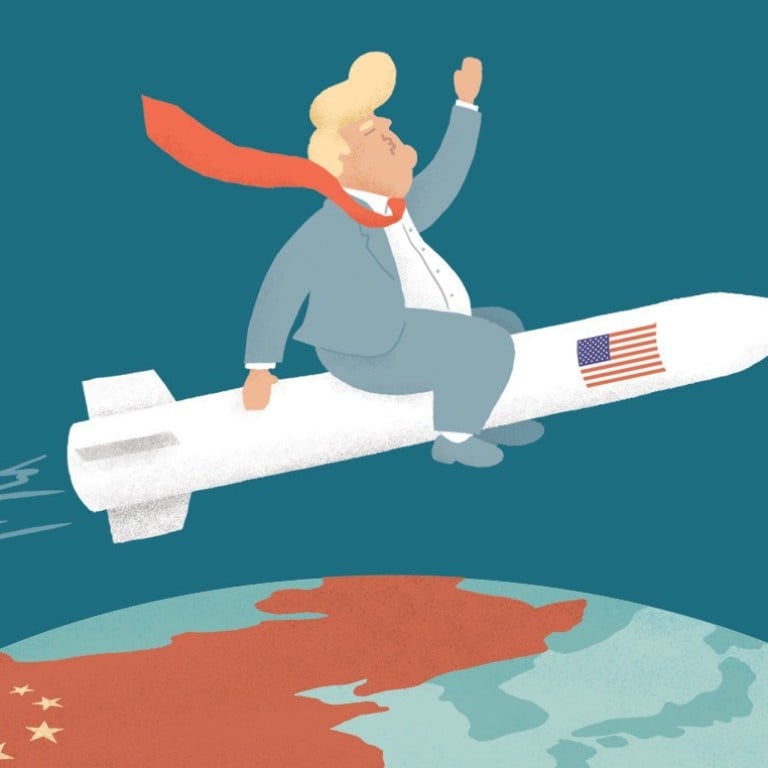
Military bases to ballistic missiles, what’s the target of Trump’s Asia strategy?
- New US defence secretary Mark Esper has announced plans to deploy missiles and build more US bases in Asia
- But he faces an uphill battle convincing countries wary of entering China’s crosshairs
In Asia, defence policymakers and analysts who have watched unprecedented internal turmoil unfold in the Pentagon during Trump’s tenure say they, too, hope West Point graduate and former Army Secretary Esper will bring much needed continuity to the civilian leadership of the world’s most powerful military.
China likely to wipe out Asia-based US forces in conflict: report
The fizzling out of the “pivot to Asia” strategy of former president Barack Obama, together with Trump’s inward-looking “America First” stance and the recent turbulence at the Pentagon have raised serious questions about just where the region now stands in America’s priorities.
One senior Asian defence official, taking stock of Esper’s recently concluded five-nation tour of the region, said it had not gone unnoticed that the US defence chief had picked this neck of the woods for his maiden overseas trip.

The official said members from his military establishment had cultivated cordial ties with Esper’s immediate predecessors during the Trump era, only to be left wondering about policy continuity after they left abruptly.
Vietnam has a new partner in its old rivalry with China – the US
A diplomat from another Asian country said officials from his foreign and defence ministries – infamous for working in silos – had come together to compare notes on how to deal with the game of musical chairs at the top of Trump’s state and defence departments.
Esper was sworn in after a record seven months during which the Department of Defence did not have a Senate-confirmed leader.
James Mattis, the decorated general who was appointed as Trump’s first defence secretary, quit last December after clashing with the commander in chief.
His acting replacement Patrick Shanahan – who Asian officials had just got to know after his showing at the regional Shangri-La Dialogue security forum in June – meanwhile did not go through with the senate confirmation process after reports emerged of domestic violence allegations.
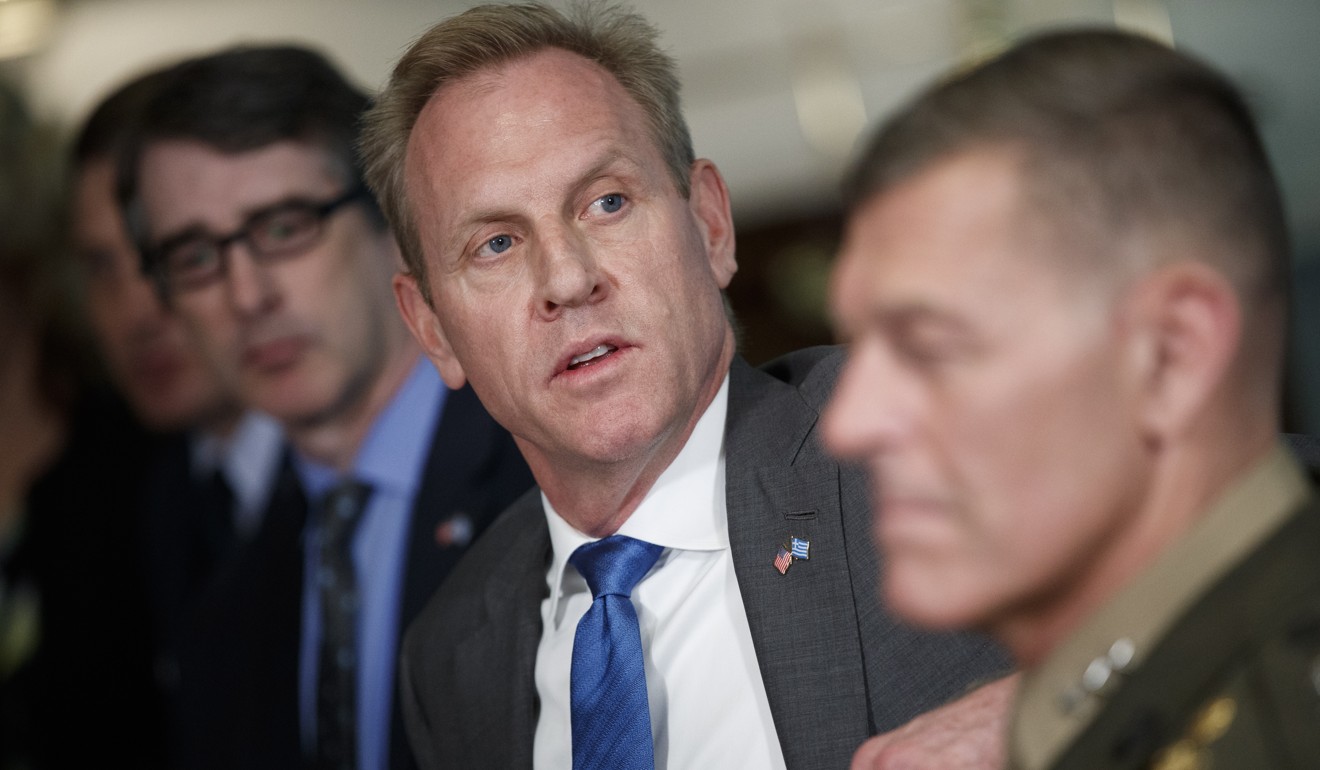
In between Shanahan’s departure and Esper’s ascension, the Secretary of the Navy James Spencer took charge of the Pentagon for a two-week period.
MISSILE WORRIES
For now, regional defence officials, diplomats and strategic analysts alike say they are closely parsing signals from Esper on US military strategy, investments and deployment in the region.
Attracting particular attention – and alarm – are the new Pentagon chief’s comments during his Asia tour that he hoped to quickly deploy intermediate-range conventional missiles in the region.
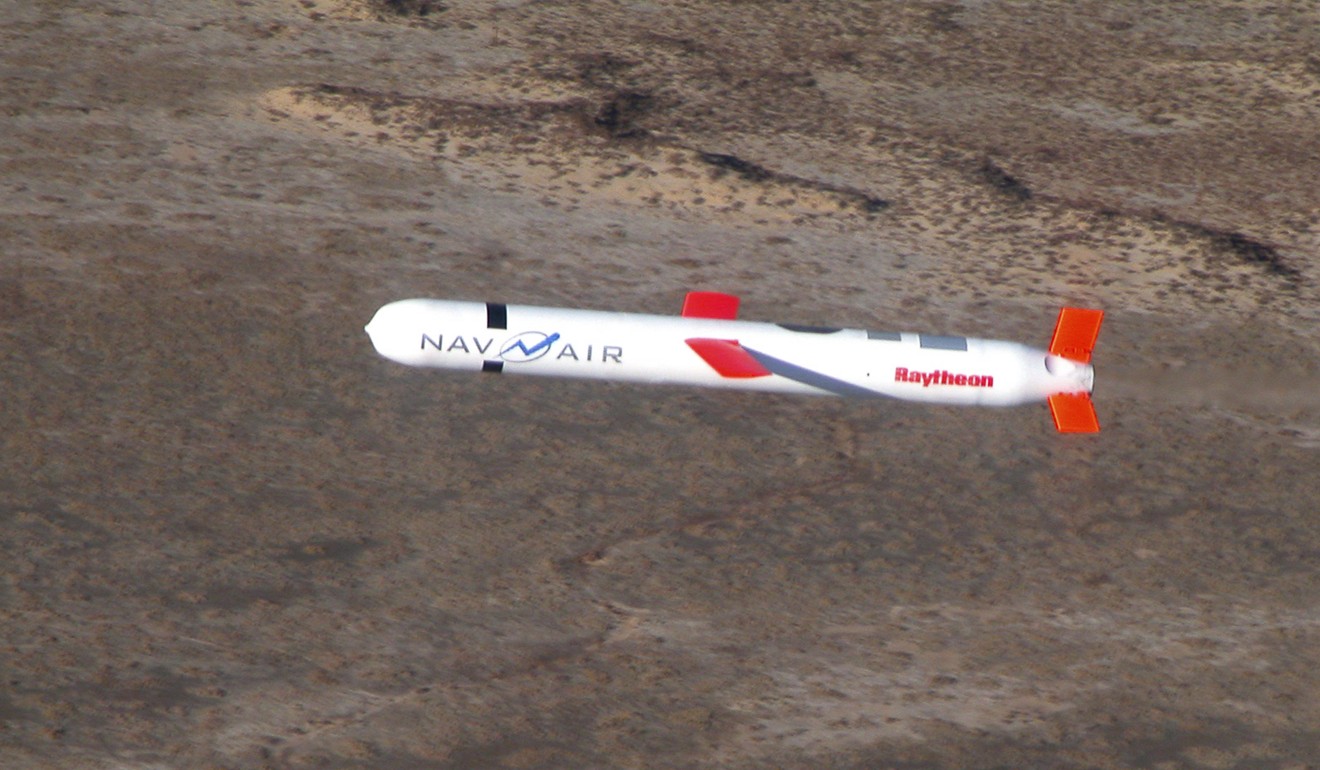
The US cited Russian non-compliance for killing the pact, and Esper during his Asia tour said he wanted to deploy the previously banned missiles – with more advanced capabilities – in the region “sooner rather than later”.
It is a policy America’s China hawks have sought for a long time, citing the rapid advancements made in the area by Beijing, which is not party to the INF pact.
The likes of the US Pacific Fleet’s former intelligence chief Jim Fanell say their independent research shows the People’s Liberation Army has extensively sited land-based “carrier-killer” DF-21D missiles that could neutralise the US’s naval bases in Japan and South Korea and also target aircraft carriers operating in the Western Pacific region.
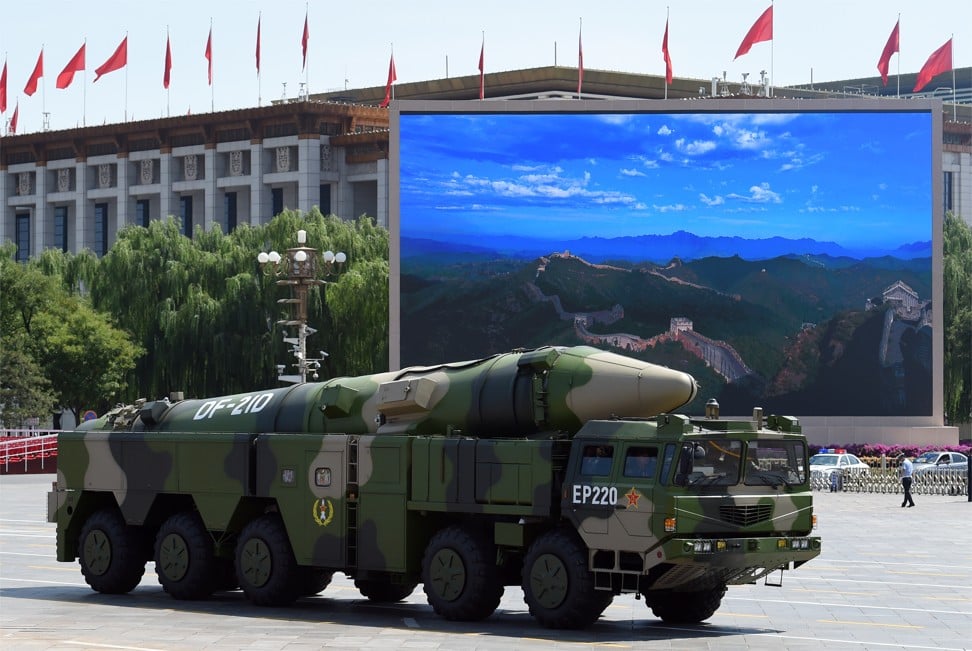
Asked about the likely adverse reaction from China to his plan, Esper reportedly said: “Eighty per cent plus of their inventory is intermediate-range systems, so it shouldn’t surprise them that we would want to have a [similar] capability.”
In Beijing, officials have been quick to warn of “countermeasures” if the US missiles are placed at its doorstep.
Is Sri Lanka the next theatre for the US-China tussle?
He named the US-owned Aleutian Islands close to Alaska, Guam in the Pacific, the Indian Ocean military base of Diego Garcia, and US-friendly countries in central and western Asia as possible missile sites.
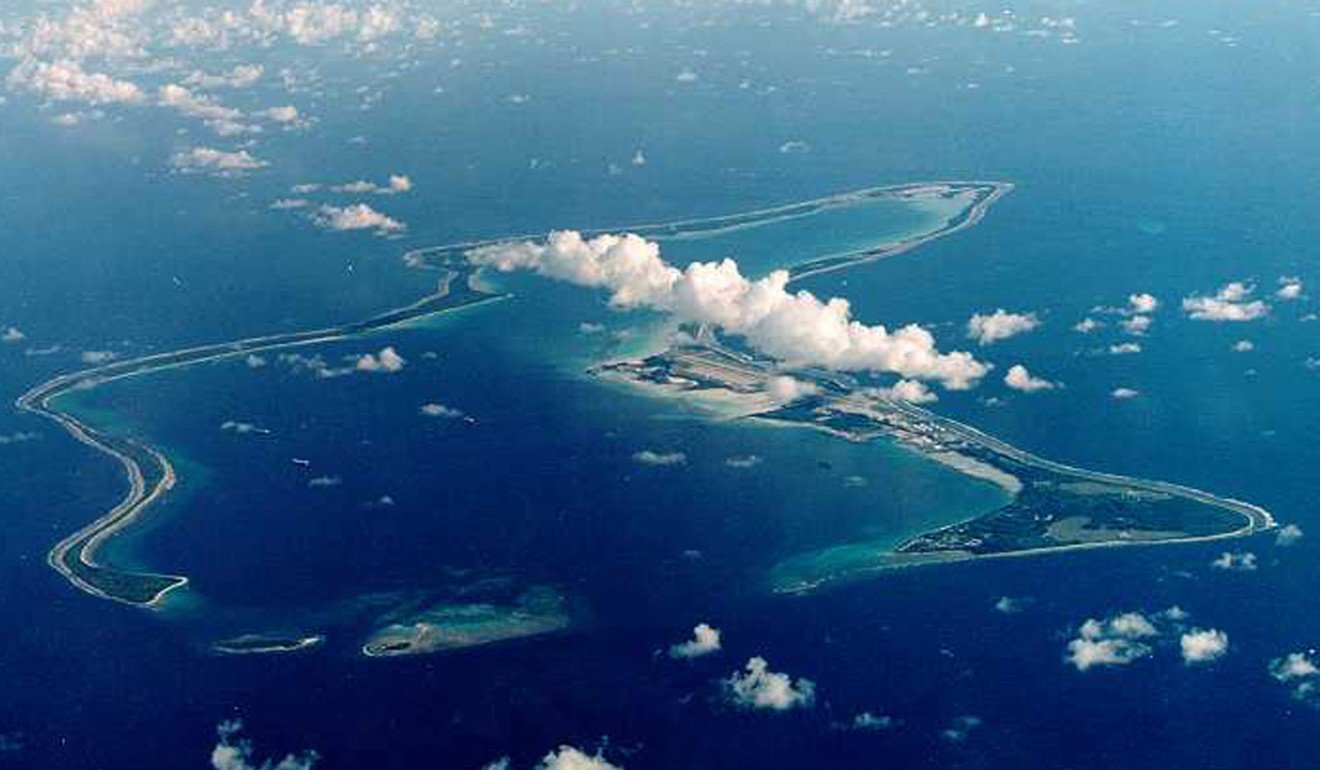
In the Pacific theatre, Australia and South Korea have been identified by observers as possible locations for the US missiles, even though their leaders have issued statements claiming that they are not in talks with Washington on such plans.
Short of war, US can’t help but lose to China’s rise in Asia: report
Analysts said Asian countries for now had some breathing room before they started mulling over the long-term consequences of this aspect of Esper’s plans for the region.
“It will be difficult for the US to deploy the missiles this year. So the “sooner rather than later” from Esper is probably a medium-long term thought,” said Ian Bremmer, president of the New York-based political consultancy Eurasia Group.
Responding to a question from This Week in Asia during a phone briefing with regional journalists on Tuesday, the US undersecretary for arms control and international security affairs Andrea L. Thompson said the question of missile placements on American allies’ turf was a “sovereign decision to be made by the leaders of those governments”.
“What I can tell you is that any decisions made in the region will be done in consultation with our allies. This is not a US unilateral decision. We work collaboratively with partners and allies,” Thompson said.

Also raising eyebrows in the region is Esper’s assertion during his Senate confirmation hearing that Washington needed more bases throughout the Indo-Pacific region – spanning the entirety of the Indian and Pacific oceans – to counter China’s “significant technological advancements”.
In written answers to questions from lawmakers, he said his department needed to “develop alternate operating locations” beyond the facilities it already had.
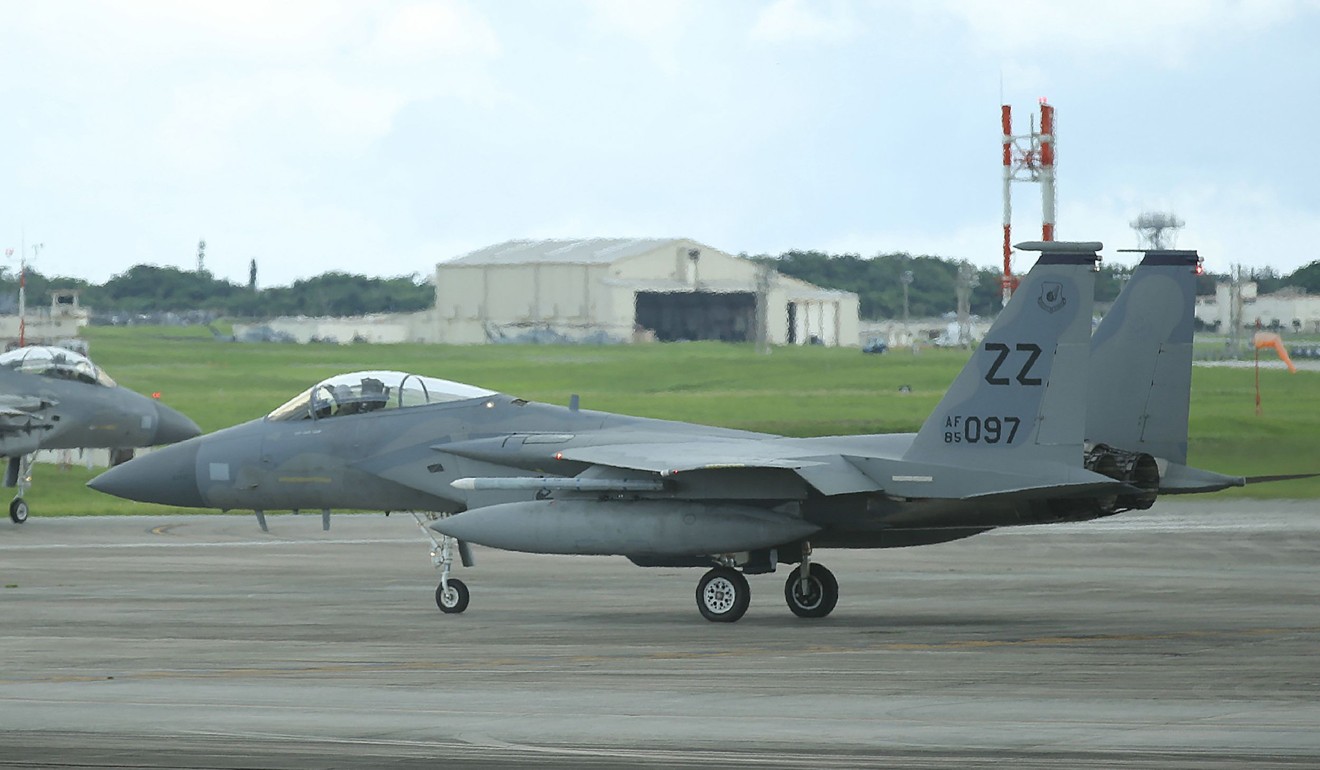
Patrick Cronin, senior fellow and chair for Asia-Pacific security at Washington’s Hudson Institute, said he agreed that “maintaining a ready, capable, balanced force forward in the Indo-Pacific region is in the US national interest”.
He said: “There are a variety of means used to achieve this objective, [including] exercising with regional partners, access arrangements, extended deployments, augmenting existing forces based in Japan or the US territory of Guam, building the capacity of allies and partners, and, eventually, possibly adding new forward-basing arrangements.”
Bremmer said he believed Lombrum Naval Base on Manus Island, off Papua New Guinea, and a shuttered naval facility on Midway Island in the Northern Pacific region could be reopened. Both sites hosted American military installations during the second world war.
Regional analysts say any effort by Washington to add to its existing facilities on foreign soil will face myriad hurdles – among them strident domestic opposition.
Singaporean naval analyst Collin Koh cited the controversy in Okinawa over landfill work needed for a US base’s relocation as one example of domestic resistance Washington faced in managing its forward bases in allied countries.
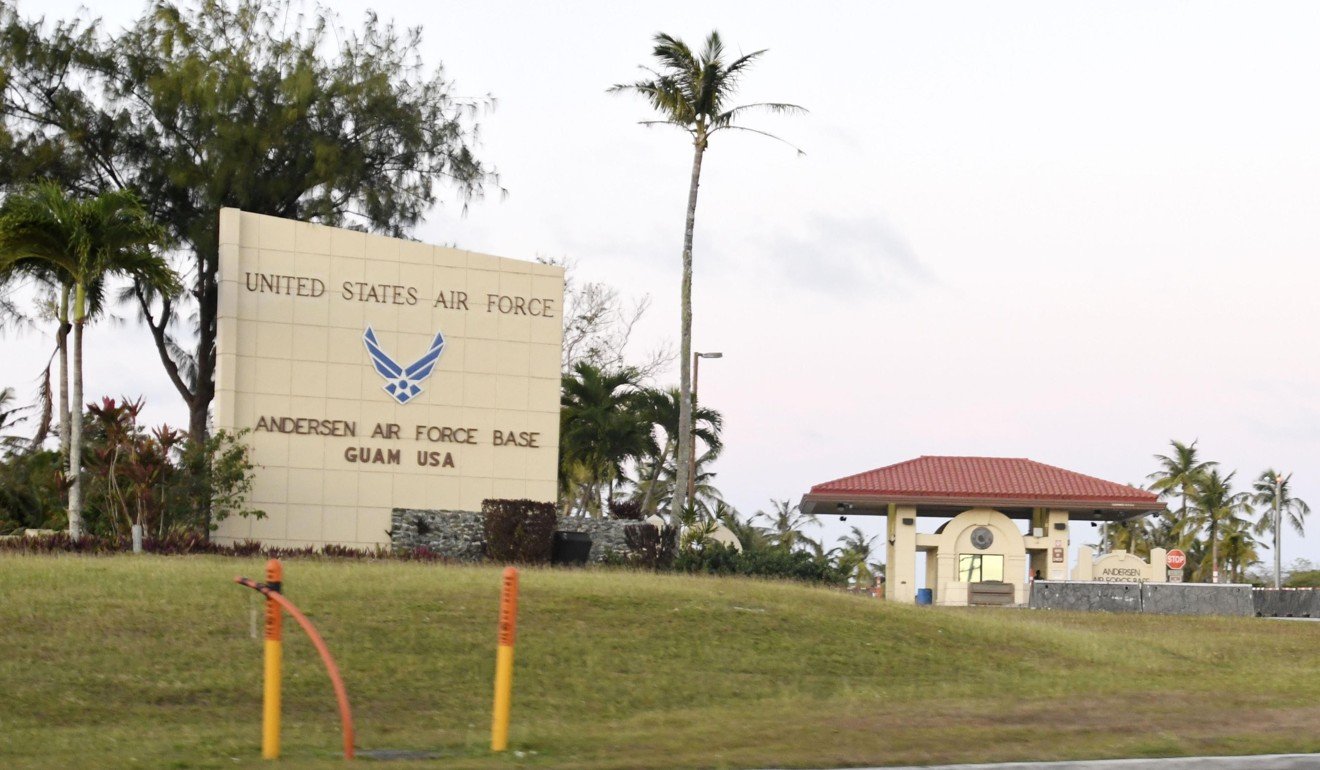
Even in the South Pacific, seen as a “new vista” for US bases, “access is also by no means always guaranteed, especially given that many of those small Pacific island countries might not want to provoke China’s ire”, said the research fellow at the Lion City’s S. Rajaratnam School of International Studies.
The country, once colonised and later the site of a vicious multi-decade civil war involving the US as an adversary, has a defence policy underpinned by a “three noes” dictum: no military alliances, no aligning with one country against another, and no foreign bases on Vietnamese soil.
“It is virtually inconceivable that Vietnam would grant the US military access to Cam Ranh Bay in peacetime or ramped-up tensions with China,” said Grossman, referring to the strategic deep-water bay on the southeastern coast of the country.
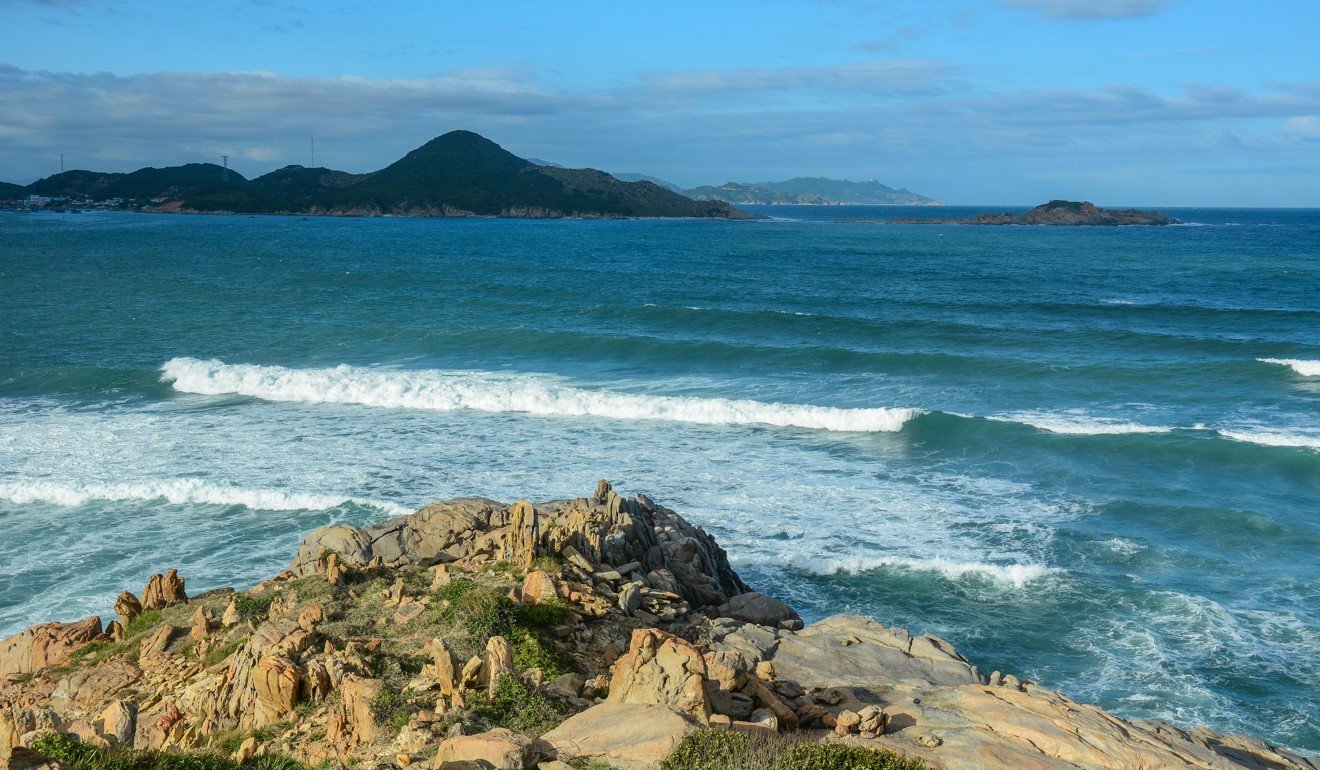
“The sensitivities, both stemming from the US-Vietnam war and Washington’s use of Cam Ranh Bay against North Vietnam, as well as Beijing’s fears that Vietnam is becoming aligned with the US against it, are simply too difficult to overcome,” Grossman.
Others in the neighbourhood, even those without similar memories of war, are unlikely to accept a permanent US presence, having seen the troubles in places like Okinawa, analysts say.
Koh said for now he saw regional countries granting “facility access” to the US military.
“This type of arrangement is more palatable to the host countries, be it allies or partners. I don’t see much deviation from the post-cold war notion of ‘places not bases’ preference,” he said.
INDIAN RIDDLE
Lukewarm, however, would not be the right word to describe the reception for the US in the Indian Ocean area – in particular from the region’s top power, India, as it looks away from its traditional ally Russia to counter Chinese assertions in its neighbourhood.
Esper told lawmakers at home during his confirmation that he planned to “solidify an enduring strategic partnership” with the regional power.
Growing US presence in South China Sea threatens accident that sparks war
The two countries have also signed agreements on secure military communications and are looking to secure pacts on sharing geospatial information and deepening defence industry cooperation.
The two countries have bristled at each other recently because of Trump’s charge that India had been putting “very high tariffs” against the US, but defence cooperation has been unaffected.
Kashish said that with the Indian Air Force in the market now for 114 combat-role aircraft, the US may have a leg up after the Maryland-based defence company made an offer to make the jets – the F21 model which will have technologies from the F22 and cutting-edge F35 models – locally.

Pankaj Jha, a professor of defence and strategic studies at the O.P. Jindal Global University in the
Indian state of Haryana, said the Pentagon was aware that while military ties were currently smooth sailing, the chances of roping in New Delhi in any kind of “anti-China” strategy would likely fail.
Some Western analysts have touted the so-called Quadrilateral of democratic Asia-Pacific nations – the US, Japan, Australia and India – as the best bet to counter China’s rapid rise.
Said Jha: “India is never going to fight a war against China and they too cannot fight with India … US options with regard to engaging India in an anti-China strategy are very limited.”
‘FOOL’S GOLD’?
Among analysts like Jha – one of more than a dozen military and strategic thinkers who spoke to This Week in Asia on the future of the US military presence in Asia – one common question was whether the US could be trusted to deliver on its rhetoric about safeguarding security in the Asia-Pacific region.
US-China battle for dominance extends across Pacific, above and below the sea
Michael H. Fuchs, a former top aide to Obama-era Secretary of State Hillary Clinton, told This Week in Asia he fully understood the doubts about US Asia strategy in regional defence circles – despite the best efforts of the state and defence departments.
“The unfortunate reality right now is that President Trump undermines any semblance of a regional strategy that the rest of his government claims to have,” said Fuchs, who served as deputy assistant secretary of state for East Asian and Pacific Affairs from 2013 to 2016.
“The rest is mostly noise – no foreign official can trust what this administration says because the president could undercut the policy with a tweet any time,” Fuchs said.
Trump administration officials have sneered at such assertions, claiming that their defence and diplomatic efforts in Asia are a step up from the Obama era.

“Trump cashed in the real strategy he inherited for fool’s gold,” Fuchs said.
Meanwhile, the Asian defence official said defence policymaking in his country factored in the possibility that US strategy in Asia could remain unpredictable for years, with changes at the Pentagon and State Department likely to be routine if Trump wins another four-year term next year.
He said national defence blueprints were being drawn up in his country “on the assumption that things can change quickly, and we must be able to react to the changing geopolitical landscape”. ■

